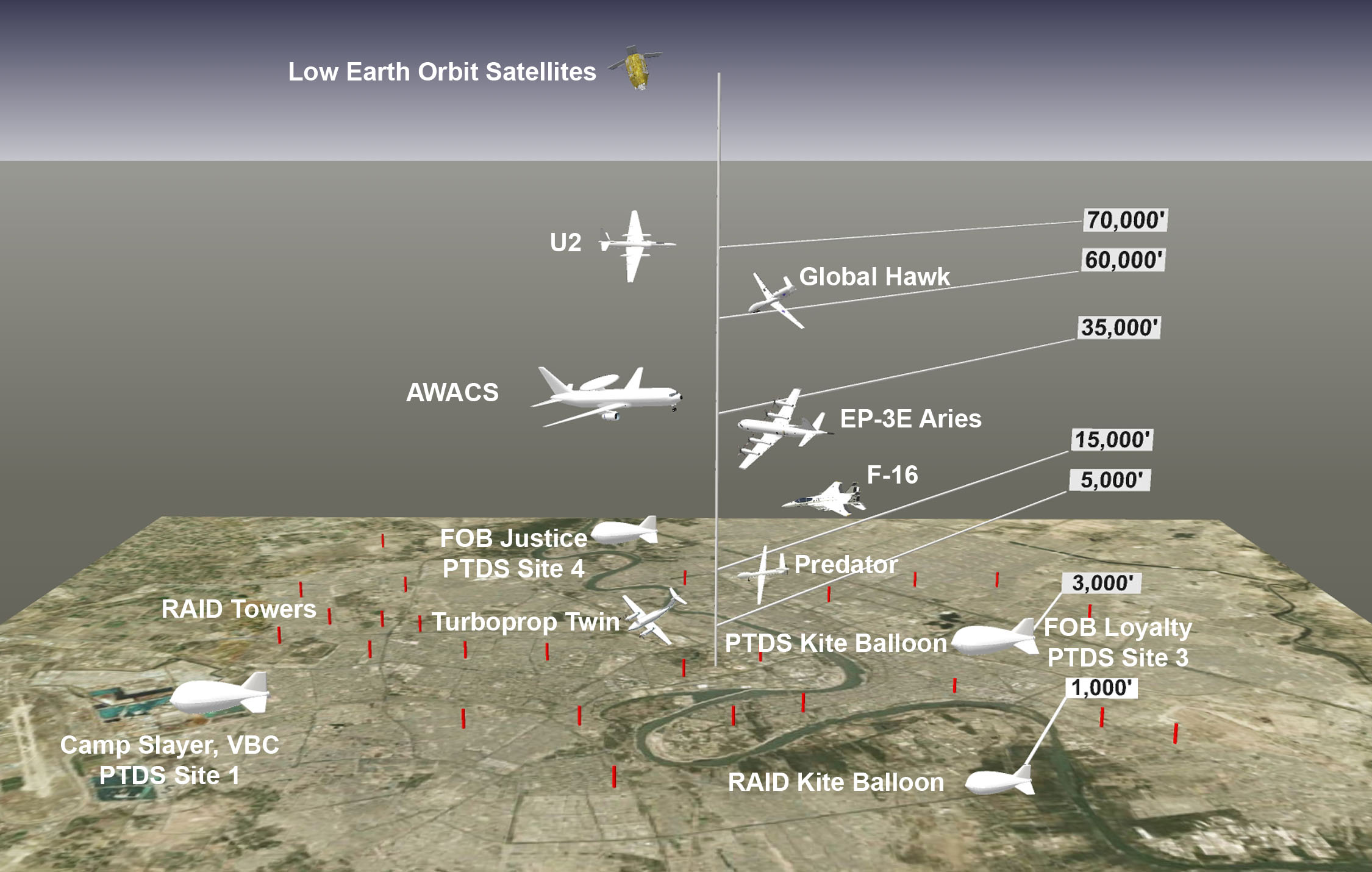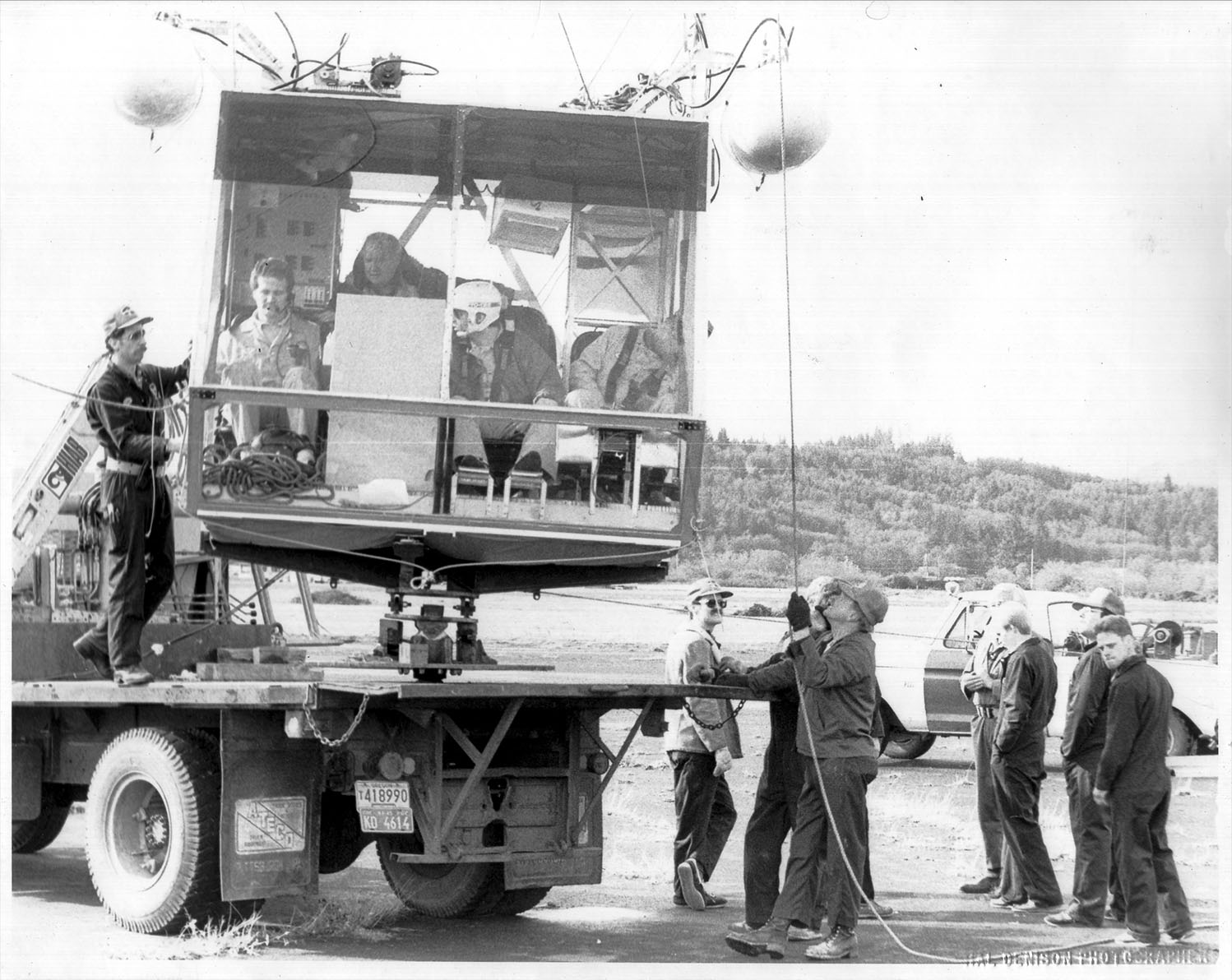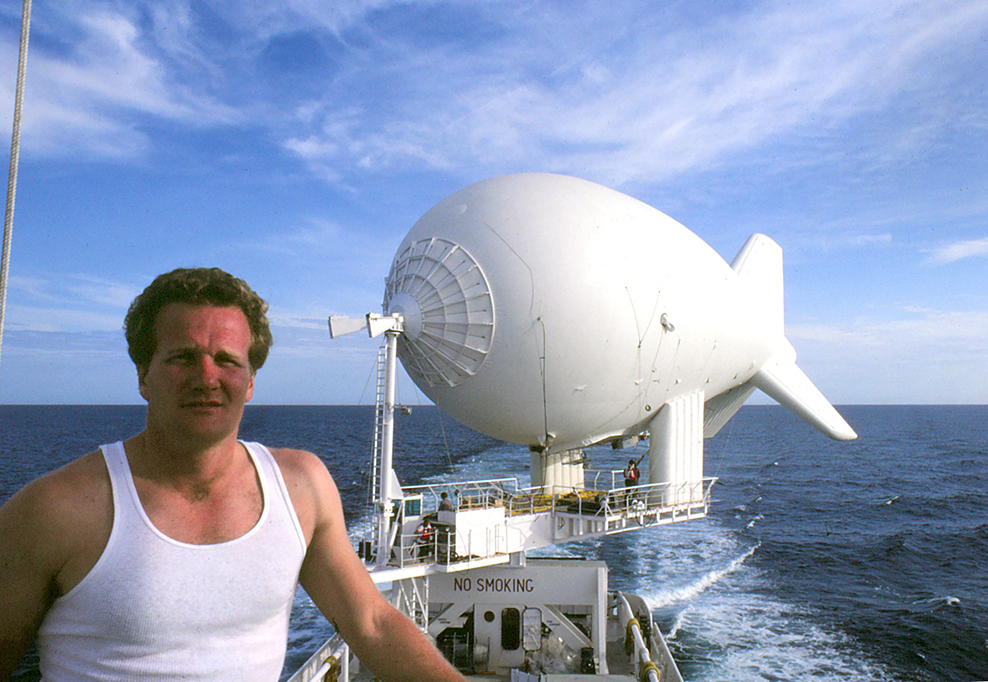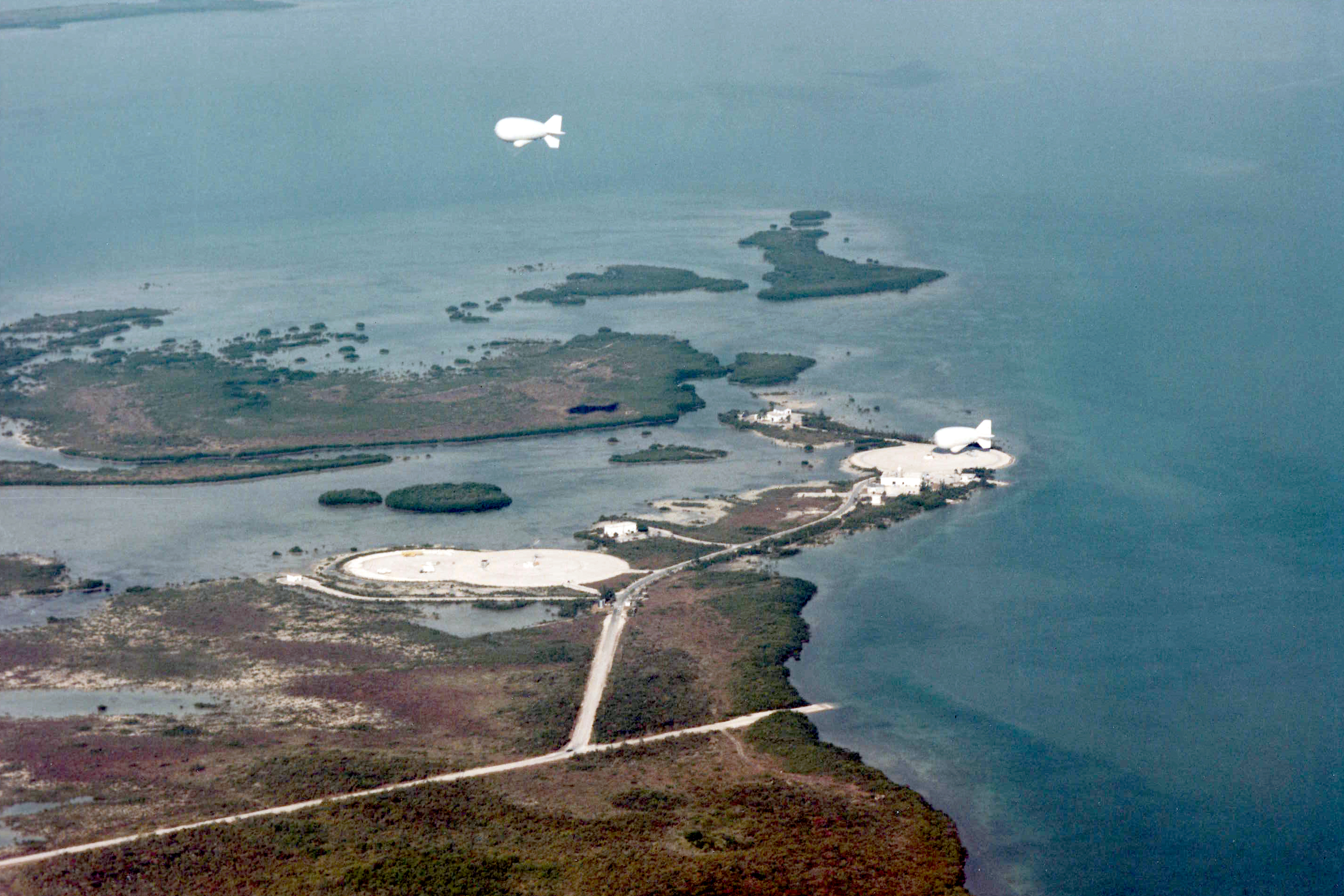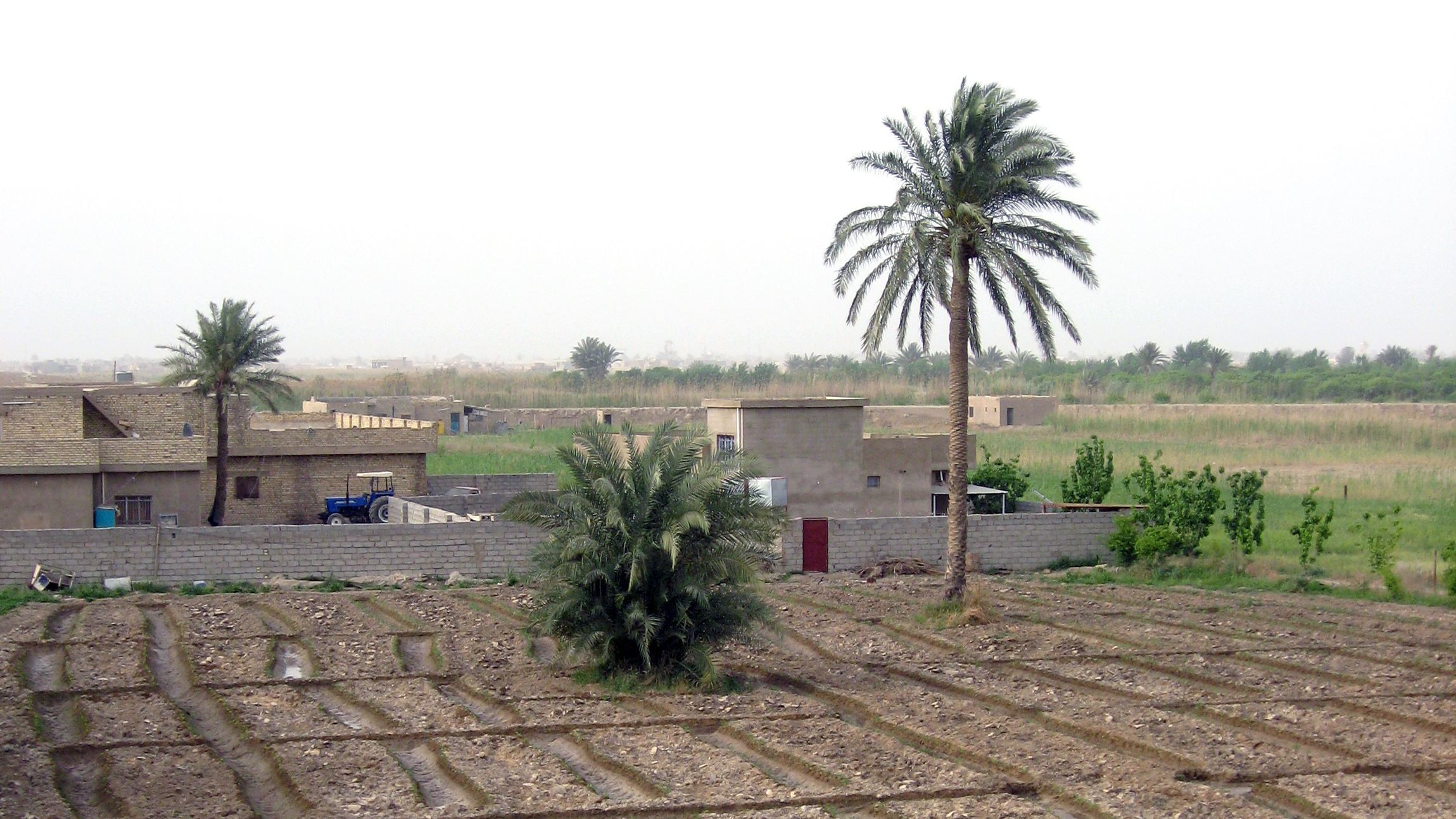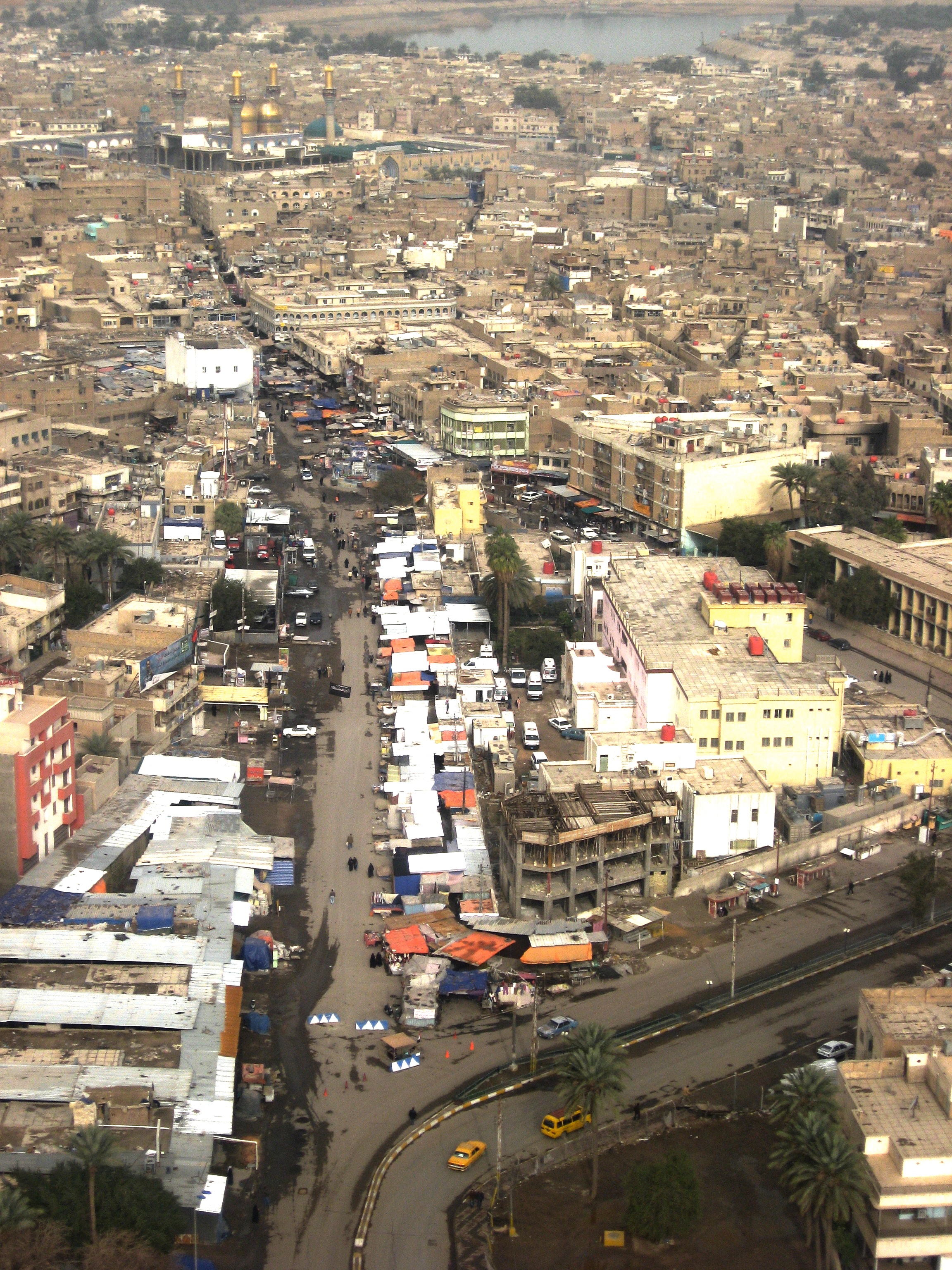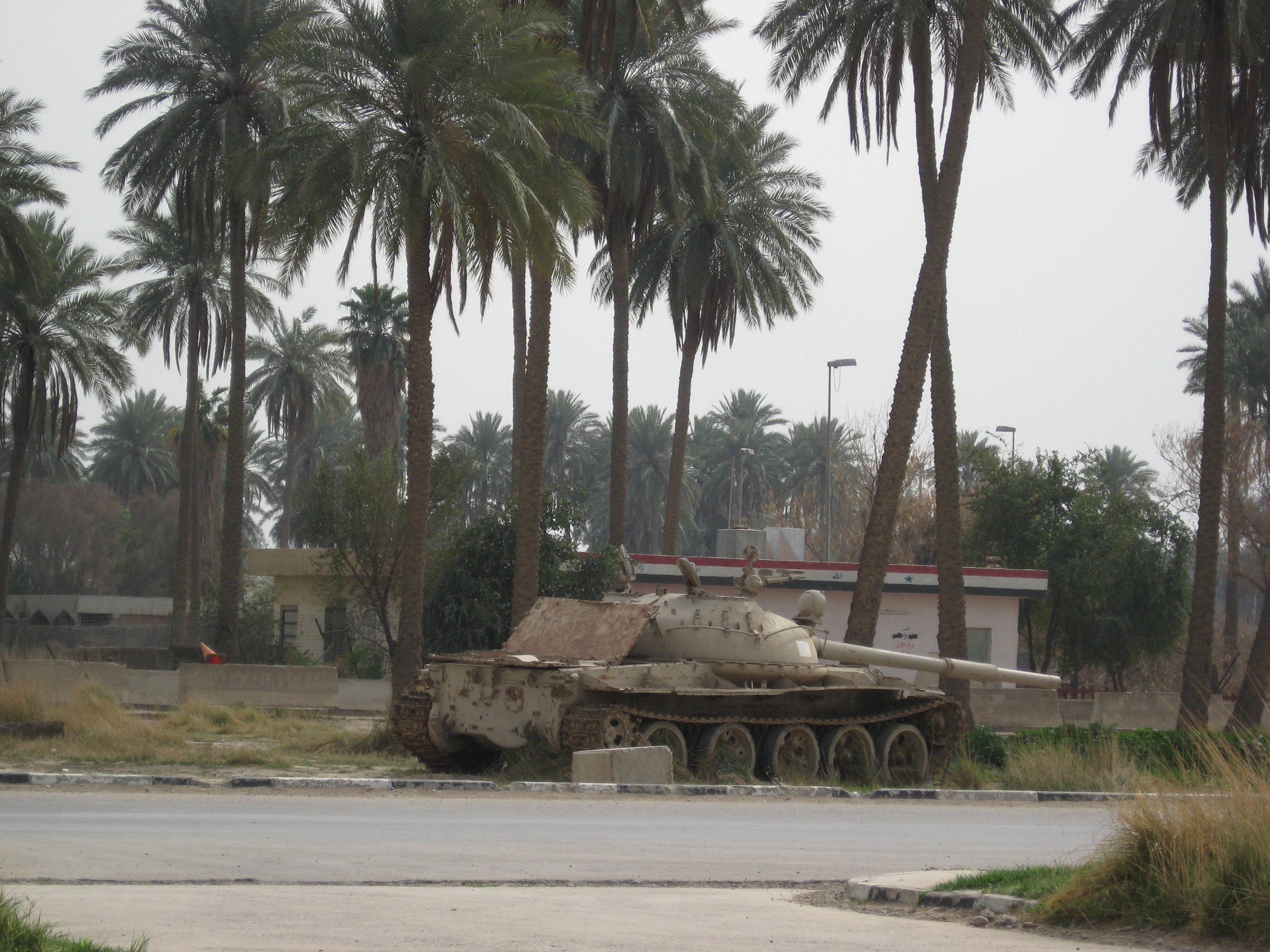PTDS and the ISR NetworkChapters 1 & 2 of "Balloon Wars: An ISR Operator's Account Of The Wars In Iraq & Afghanistan"
Chapters 1 & 2 - PTDS and the ISR Network
The blacked-out text are redactions resulting from the 2nd review of the book by the Department of Defense. The blue text was deemed classified or for some other reason not allowed during the 1st review. Appeal of the redactions that remain is pending.
OTHER SELECTED CHAPTERS
Chapter 12 - Battle in Al Atiba'a
Chapter 17 - Muqtada al-Sadr
Chapter 33 - Urged to Jump
Chapter 40 - Mortar Attack
Chapter 78 - UTAMS Repair
Chapter 79 - IRAM - A Deadly New Weapon
Chapter 82 - Bagram and Waza Khwa
Chapter 86 - Captain Ellis
Chapter 87 - 9th Inflation and The Karez
Chapter 116 - Just Living
The blacked out text has been redacted by the Department Of Defense. The blue text was deemed by the DOD to be classified but was later allowed.
book chapter, video, illustrations and photos © Robert A. Crimmins, Felton, Delaware, USA
(some photos on and attached to this page are by others)Chapters 1 & 2 – PTDS Team 4 and the ISR Network
All the people, equipment and software that gathers intelligence, provides surveillance and reconnoiters the battle space make up the network of which PTDS, The Persistent Treat Detection System is a part. In the broadest sense the network includes the intelligence agencies and all they do as well but in practice, when referring to the “ISR Network”, war fighters are often speaking of the systems and devices that watch and listen to things on the ground.
The PTDS balloon, which operated just a few thousand feet above ground level in Baghdad, occupied a position in the network near the bottom. At the top are the satellites in low earth orbit which is a couple hundred miles up. Next in order of altitude are Lockheed Martin’s U2 spy plane which has a service ceiling of 85,000 feet and Northrup Grumman’s Global Hawk unmanned aerial vehicle which flies as high as 65,000 feet. Further down are the EP-3E Aries which flies as high as 30,000 feet and the JSTARS radar aircraft which is a modified Boeing 707 whose service ceiling is 42,000 feet. AWACS aircraft, which are built on various airframes, including the Boeing 767, are up there too. When close support fighters like F-15s and F-16s operate as ISR assets their altitude will vary, so will the mission altitudes flown by Predators although that unmanned aircraft can’t operate any higher than 25,000 feet. The Predator, built by General Atomics, flies the same camera as the one on the PTDS aerostat, the Wescam MX20. Shadow UAVs, which are catapult launched, can fly as high as 15,000 feet but that relatively small UAV is typically used at much lower altitudes. Raven UAVs, which are hand launched and Raytheon’s RAID (Rapid Aerostat Initial Deployment) aerostats operate at under 1000 feet. At the bottom of the arrangement are Raytheon’s RAID tower cameras, which are on platforms just a little over 100 feet off the ground. You might list base defense cameras, which are mounted on buildings and walls, as part of the ISR network too but only if you are on one of the bases. The feeds from those cameras aren’t generally on the network and available to other sites.
All these different systems and vantage points gave the United States the “high ground” in a VERY big way. The highest ground the enemy ever occupied was a rooftop. They saw almost nothing and when the sky was clear we could potentially see virtually everything. With some sensors, a clear sky isn’t even needed.
Lockheed, Wescam, Raytheon and the others with the military agencies and offices they work for have developed amazingly capable systems to gather intelligence, survey the terrain and reconnoiter the battlefield but as I would discover in the coming months the usefulness of the network, as with any tool, is a function of the user’s skill and desire to handle it effectively and the skill and the desire, particularly the desire, that the companies who make the products have in abundance is much more scarce among those who use them.
This program is about my job in the war zones and how the events of September 11, 2001 affected my family . It isn’t the television version of the memoir. The resources to produce that are beyond me, but the video and stills in this more modest production compliment the book.
© Robert A. Crimmins
OPERATION IRAQI FREEDOM BACKGROUND
First journal entry minutes after an IED detonation.
Assessing The Surge is a NY Times web page with articles and videos that assess the effect of the "Surge" in thirteen Baghdad neighborhoods, including Jihad, the one closest to Site 1.
The Killing Fields of Baghdad
from March, 2008 is the second of Ghaith Abdul-Ahad's three film series. In it he visits Baghdad's killings fields on the edge of Sadr City. The scene of thousands of sectarian murders over the previous three years, it is a desolate and evil place: "Only the killers and the killed ever come here" says Abdul-Ahad. Here in the thousands of graves marked with only scrap metal and junk lie the victims of the Shia militia gangs.
Baghdad's rich tradition in tatters was written in 1998 by Anthony Shadid, the Pulitzer Prize winning journalist who died while covering the uprising in Syria in 2012.
"Surreal Mother & Child" was an original oil painting for sale at the bazarre outside the big PX by an Iraqi artist whose name I didn't record.
June 10, 2007 Journal Entry about social contact with Iraqis.
Charles Lindholm is a professor of anthropology at Boston University and his book, The Islamic Middle East: An Historical Anthropology is an anthropologist's perspective on the history of the Middle East that places Islam in context with the other conditions that have shaped the cultures of the tribes and ethnicities of the region.
Koranic Mythology Behind Al-Sadr's Mahdi Army NPR's Mike Shuster reports on the mythology behind the Mahdi army, the militia supporting Iraqi insurgent leader Moqtada al-Sadr. The group has invoked the mahdi, an important Koranic symbol, to lend religious significance to their fight. (aired August 24, 2004)
Asia Times Online article on the motivation behind Muqtada al-Sadr's call for a cease fire in the summer of 2007.
Blast radii of munitions used against Iraqi and coalition forces.
© Robert A. Crimmins
Getting Used To the Racket, Rockets Stars and Stripes article in the September 6, 2007 edition about the frequent indirect fire attacks on FOB Loyalty.
June 15, 2007 Journal Entry about driving across the VBC at night.
Mahdi Army uses "flying IEDs" in Baghdad is a LongWarJournal.org article about the use of Improvised Rocket Assisted Munitions, IRAMs, against FOB Loyalty on April 28, 2008 and elsewhere.
Old prison a chilling reminder for Iraqis was in Stars and Stripes on April 3, 2005. It's about the Iraqi secret police headquarters and prison that became FOB Loyalty.
Six Questions For Wesley Morgan is a short interview with a college sophomore who spent the summer of 2007 in Iraq at the suggestion of General Patraeus.


